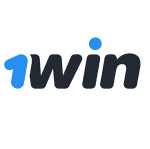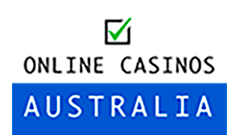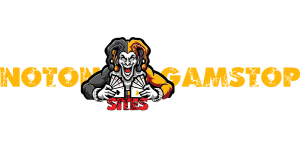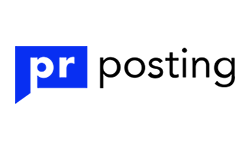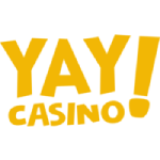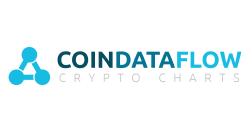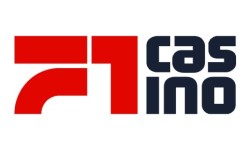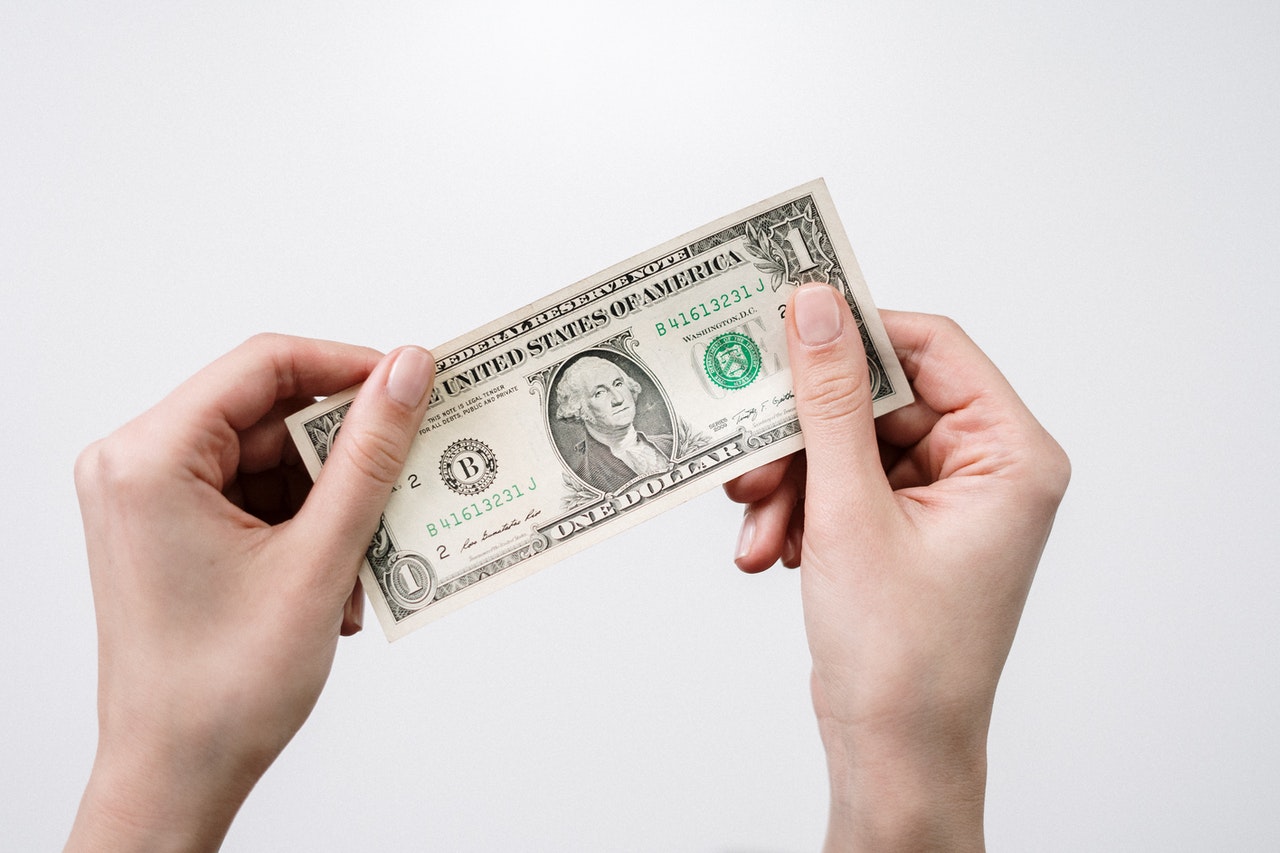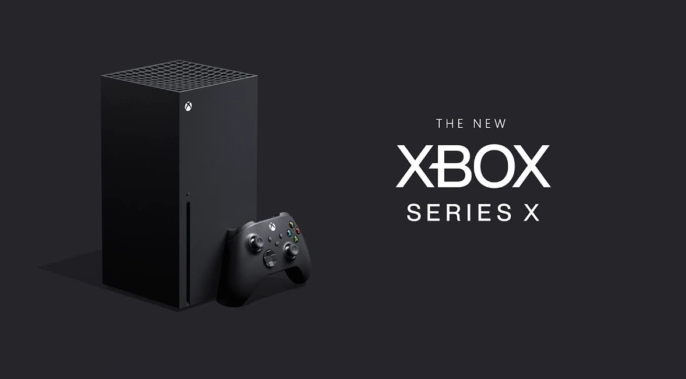Monetizing apps is not an easy task, as nowadays, options to monetize desktop applications are plentiful.
The following five ways show you how you can get invested money back and earn much more with your finished app.
SDK
Using an SDK for monetization is indeed a really attractive option. Having selected it, you will get a chance to monetize users’ data easily. Don’t be scared, as personal data is not analyzed here. The following things are taken into account:
- Type of device.
- Location.
- Age and more.
Another argument in favor of choosing SDK is that this method to monetize desktop application can be easily combined with other options.
Ad-supported app
Most people are familiar with this form of monetization. Advertising banners are shown in your app on parts of the display, or the content is only activated after viewing the advertising video. The integration of advertising allows you to generate money in a simple way, which can add up to higher income as the number of users increases. If you use this form of monetization, you can generally offer your app for free and earn money without your users paying for it since you are paid for ads displayed by the advertisers.
There are several ways to include advertising in your app, so it is essential to choose the one that suits your needs and goals better.
Paid app
For this monetization option, in order to earn money, the user is asked before or during the installation to enter or confirm their payment details. Payment is made to the respective provider of the app store and is forwarded to you as the owner of the app, with the retention of a “commission.”
Most apps are priced between €0.99 and € 4.99, but some apps cost more money. However, since it is more common to pay small amounts of money for an app, you should be aware that you will only generate enough revenue with many downloads and purchases. Therefore, a well-thought-out marketing concept is essential if you hope to generate income from downloads of your app.
However, before your app is listed in the app stores, it must be subjected to a review process, which is strict and costly, depending on the provider.
In most cases, paid apps are native apps. In general, monetized apps are almost always developed natively; this is also due to the fact that these apps are the most extensive and have the most functions.
Freemium app
This word is made up of Free and Premium and stands for the combination of free (basic) and paid (premium) apps.
Users can download the free app on their smartphone but are encouraged to buy the premium app by:
- Limited functions of the free app.
- Restricted content (e.g., some content must be activated), a so-called “paywall.”
- Advertising is present in the free app but not in the premium app.
You should note that, on average, only approximately 0.5 – 2% of the users decide to buy the premium version.
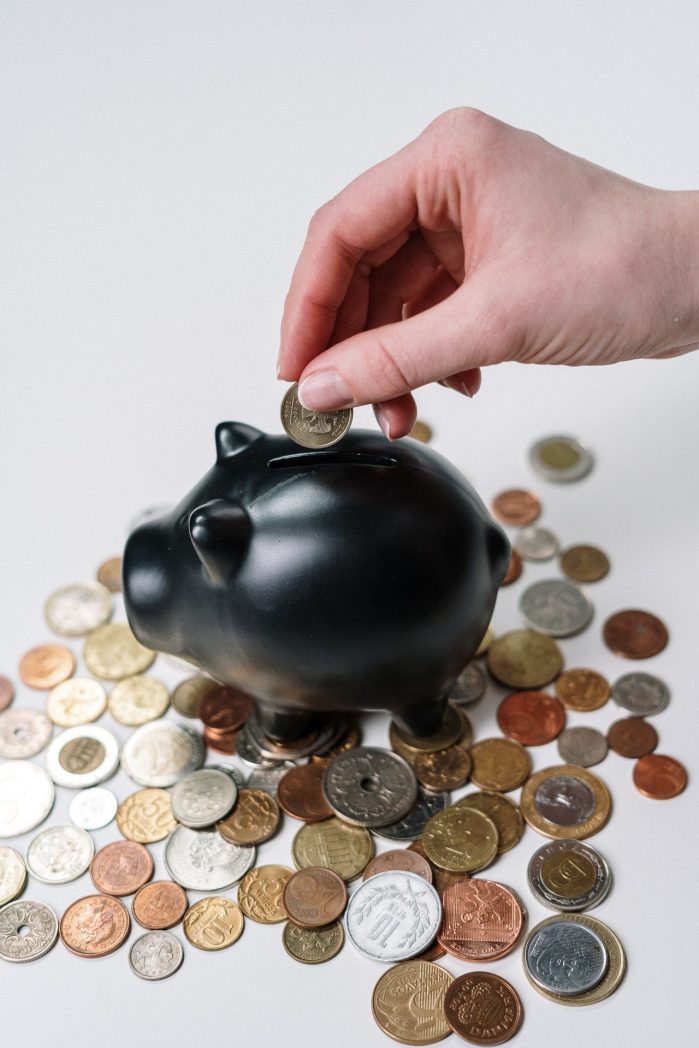
In-app purchases
In-app purchases describe the possibility of making purchases directly from the app to activate additional content or functions or remove restrictions.
In-app purchases can help accelerate your progress or unlock new levels. Various applications now rely on this model, and with good reason. It tends to be easier to convince a user of an app to spend money on the application, which has become dearly loved, than to show him the price for downloading from the very beginning.
Another significant advantage is the modularity made possible by in-app purchases. Instead of offering the app in its full form and at a correspondingly higher price point, users are left to choose whether the basic variant is sufficient for them or whether they want to book additional functions and content. Not every user needs every feature, so a little flexibility can’t hurt.
Subscription model
Another model that is becoming more and more important is the subscription model. In this case, app users are offered a subscription, which means that they do not even pay a large amount, but rather small amounts of money at regular intervals (monthly, quarterly, or annually) for using the app.


















